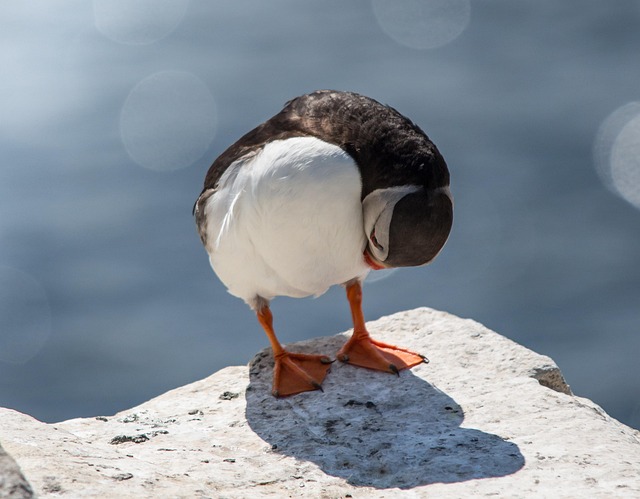Exploring Naturalist Painting: DIY Creative Projects in Handcraft
Naturalist painting is more than a style; it’s a heartfelt connection to the world around us. This artistic approach immerses us in the beauty of nature, capturing the essence of landscapes, flora, and fauna. If you’ve ever marveled at the delicate brush strokes that portray the vivid colors of a sunrise or the intricate details of a leaf, you understand the captivating charm of naturalist painting. But what if you could bring that enchanting experience into your own home through DIY creative projects? Let’s dive into the world of handcraft and explore how you can add your personal touch to this artistic adventure.
The Power of DIY in Naturalist Painting
In a world dominated by mass production, DIY offers the unique opportunity to create something truly personal. By engaging in handcraft projects, you’re not only expressing yourself but also immersing yourself in the naturalist principles of observation and detail. As you gather your materials, whether it’s paint, canvas, or found objects from your garden, you’re drawn into the creative process that mimics the meticulousness of nature itself.
Start with a Nature Walk
The first step in embarking on your naturalist painting journey is to connect with your surroundings. Take a leisurely stroll through a park or your backyard, observing the intricate patterns of leaves, the vibrant colors of flowers, and the subtle changes in light. Bring a sketchbook along, and take notes or sketch what inspires you. This practice is not just about observation; it’s about feeling the pulse of nature and allowing it to guide your creative vision.
Gather Your Materials
Once you have a collection of ideas, it’s time to gather your materials. Start with basic supplies like:
- Acrylic or watercolor paints
- Canvas or watercolor paper
- Brushes of various sizes
- Pencils and charcoal for sketching
- Natural elements like leaves or flowers for texture
Don’t hesitate to incorporate unconventional items, such as old newspapers or fabric scraps, which can add depth and dimension to your artwork.
Experiment with Techniques
Diving into naturalist painting allows you to explore a variety of techniques. Waste no time in experimenting with:
- Layering: Start with a base layer to create a distance effect, then add details of foliage or small creatures to bring your painting to life.
- Texture creation: Use sponges, brushes, or even fingers to create unique textures that mimic the elements of nature.
- Color blending: Learn about color mixing to achieve shades that reflect the natural world, from the deep greens of a forest to the soft blues of a quiet lake.
Make It Personal
Your artwork should tell a story—your story. Incorporate elements that hold personal significance, whether it’s a favorite flower that reminds you of a loved one or a landscape that evokes joyful memories. You might consider framing your painting with branches or twigs to give it an organic feel, tying in the handcrafting element beautifully.
Share Your Creation
Once you’ve completed your naturalist painting, don’t keep it to yourself! Hang it in your home, share it on social media, or even gift it to someone special. Sharing your work not only showcases your talent but also inspires others to connect with nature and film their experiences through art.
Embrace your creativity through the lens of naturalist painting. With each brushstroke, you have the opportunity to connect with the environment and express your unique perspective. Not only will you sip the beauty of nature, but you will also craft something meaningful that resonates with both you and those who engage with your art.
